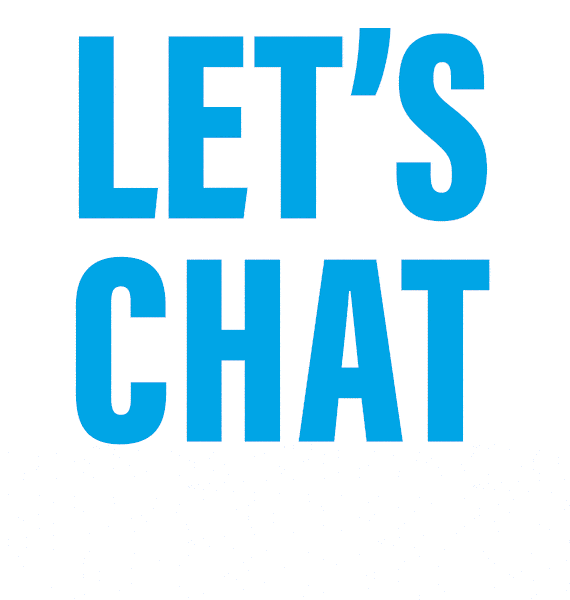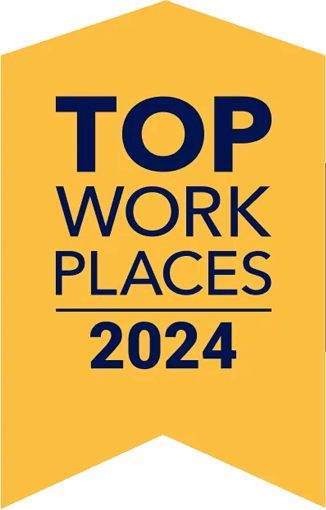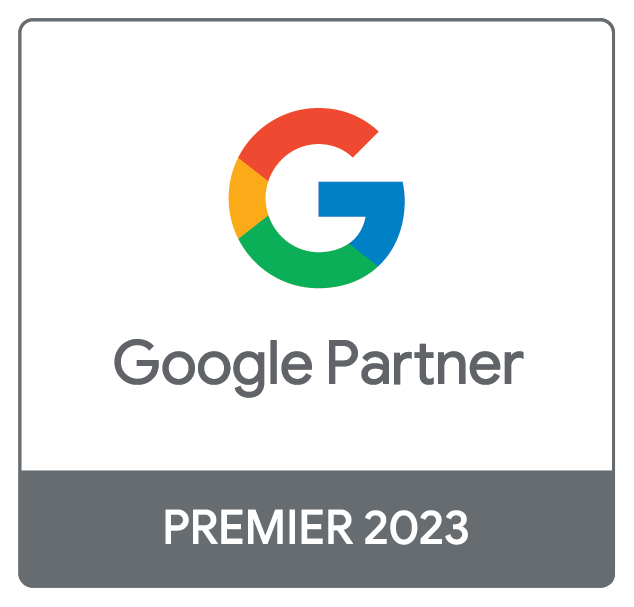If you’ve spent more than a few months working in marketing, you probably take it for granted that (1) attention spans are shorter than ever, and that (2) your most effective creative or content will be that which makes its point quickly and effectively. And while that certainly can be true, it is also the case that there’s never been a better time to invest in well-made long-form videos than now. Why? Because we also live in the age of three-hour podcasts and movies. Long-form art/content is alive and well, and offers businesses in every sector a unique opportunity to tell their story, to simplify complicated offerings, and — most importantly — to show empathy toward their target market in ways that short-form content cannot. When executed well and as part of a holistic and strategic marketing campaign, the results speak for themselves.
We’ve created hundreds of compelling long-form campaigns over the past 35 years at VI. Here are a few things to keep in mind when you set out to tell your story with longer videos.
1. First, Answer Two Questions
Before you do anything else, define True North by answering two very important questions: (1) What do we want people to feel and (2) what do we need people to know. Meet, discuss, debate and get on the same page very early in the process so that the entire agency, client and filmmaking team are in alignment.
In a recent campaign created for the Oklahoma Tobacco Helpline, we wanted Oklahoma tobacco users to feel empowered to call the helpline. So we sought out an interviewee whose story would help Oklahomans interested in quitting tobacco think to themselves, “Hey, if she can do it, so can I.”
We wanted them to know that the Oklahoma Tobacco Helpline is a phone call away, that their services are free, and that they help Oklahomans begin and sustain their Quit Journey without judgment every single day.
2. Worry Less About Runtime and More Continued Engagement
Let’s return to the attention dichotomy: how can it simultaneously be the case that attention spans are shorter than ever while more long-form content is being consumed in its entirety than at any other point in history? The answer lies in our own viewing habits as consumers. We don’t change the channel, so to speak, when content is long. We do so when it’s boring or inauthentic.
When we created and produced the Emmy award-winning series Routes in 2024, one of our North Stars was “it has to sustain engagement through storytelling.”
As in: it had to be entertaining enough that someone would choose to watch 25+ minutes of it (while learning about tourism opportunities in our state) instead of anything else on the internet. With long-form content, we rarely (if ever) have a captive audience. We do not have the luxury of seven unskippable seconds. We have to earn the audience’s attention with each passing frame. We do this with something I like to call Engagement Cycles.
While intensely studying the cadence of a few of my favorite travel and tourism docu-series, I noticed a trend. Beau Leland and I mapped several episodes out against timecode, and noticed that more often than not, a 30-minute show is divided into much shorter segments than are defined by their energy more than their content. So, we learned from the best and followed this strategy for Routes. We paid attention to the cadence of each episode’s energy and created a palette-cleansing, attention-grabbing moment every 3-4 minutes. These Engagement Cycles keep the audience dialed in and receptive to the overall message of the episode. The result? A campaign with 80:1 ROI for the client, with impressive watch-through rates to boot.
3. Make Intentional Format Choices
One of the earliest rivers to cross is that of format. When it comes to long-form content, there are a few pivotal format choices to be made. Will your show have a host, or be primarily interview-driven? Will it feature a voiceover as an off-screen guide? Or will interviewees push the narrative forward?
Choices like these are incredibly important, and every show is different. Chef’s Table and No Reservations are both incredibly engaging shows, but each approached this question of format differently. Your decision here will have budgetary and logistical implications that are both immediate and long-term, so make sure to have transparent conversations about format early and often.
All in all, long-form video can help position your brand in the mind of your target audience through effective storytelling. As marketers and creative professionals, extra intention and thought injected into the process early, using the tips and tricks outlined above, pays unlimited dividends down the road.
So, (1) answer the Two Big Questions early, (2) pay attention to Engagement Cycles when crafting the deliverables and (3) devote a lot of thought up front to the format of your videos. And if you’re looking for a partner with deep experience doing all three, reach out! Long-form video that moves the needle is part of our bread and butter at VI, and we’d love to tell your next great story together.










